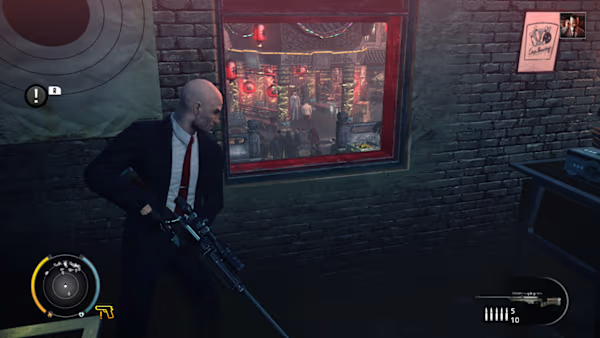Cobalt Core Review – Review

A space-themed roguelike with cute animals and staying power.
After having the chance to go hands-on with Cobalt Core’s PC build at PAX West earlier this year, I was practically salivating while waiting for a review code for the full game. Little did I know, the Steam version and Switch versions would both be releasing on the same day, and after having spent time with both, I’m happy to report that the experience is great whether you’re sitting at your desktop or playing Switch in bed. This charming deckbuilder is as addictive as it is approachable, and there haven’t been many days since I’ve had access to it that I haven’t booted it up for a run or two.
The premise of Cobalt Core is that you play as a squad of three animal pilots (Starfox-y vibes?) who have gotten trapped in a time loop and must retrieve their memories to understand how and why they became stuck. Completing a run allows you to unlock a single memory from one of the three participants. In total, there are three unlockable characters to build out your pool to six, and then two additional hidden ones as well, for a total of eight. Story beats spill out over the course of a run, but it’s the unlocked memories that are won from clearing all three maps that offer the most satisfying–and humorous–dialogue exchanges.

As you might expect with most roguelike games, the gameplay is where most of the focus lies, and fortunately the loop of Cobalt Core offers a healthy amount of customization and variety to keep dozens of runs feeling fresh. Across a map filled with branching paths and about a dozen nodes that are required to pass through, you’ll take on enemy ships in one-on-one turn-based combat. During your turn, you can see what the enemy will do on theirs, and so you can spend your three energy points to attack, raise your shields, evade enemy fire, or apply different buffs and debuffs. The cards in front of you represent your possible moves for that turn, and each one has a different energy cost, with more powerful or useful cards costing two, three, or even four energy to play.
As you win battles and visit different map nodes, you’ll be able to add new cards to your deck, upgrade the cards you like, and even remove ones you don’t. You also pick up artifacts along the way that add permanent buffs to your squad, such as being able to start each battle with one shield and one evade move or being able to fire at enemy missiles to turn them towards your opponent. Mini-boss map nodes can generally be avoided, but the rewards are greater if you’re willing to risk those encounters. Completing each map adds to your ship’s maximum hull rating (hit points) and also refills a portion of your missing hull, setting you up for success in the next map. Other events you’ll encounter offer chances to rearrange the layout of your ship or rescue a friendly pilot whose missile systems have gone haywire. Even though subsequent runs eventually start to feel more and more familiar, you can increase the difficulty, try out newly unlocked ships and pilots, and discover new cards and artifacts each time you play. After more than 15 hours with Cobalt Core, I’m still discovering things I hadn’t seen before, and I’m excited to keep digging.
Even though Cobalt Core does feel a bit better suited to using a mouse, the Switch controls are a perfectly fine way to experience the game. The added portability of Handheld mode lends itself incredibly well to almost any roguelike, especially this one. I walked away impressed by the PAX demo of Cobalt Core, and the full game lives up to that hype. It’s a wonderful run-based title that I expect to revisit for years to come, just as I’ve done with other roguelike standouts like Into the Breach. Although it’s somehow not yet on Switch, FTL: Faster than Light is another obvious comparable for Cobalt Core, and if you enjoyed the former, you’ll almost certainly want to sink your furry paws into the latter. This is one time loop I’m happy to never see the end of.




